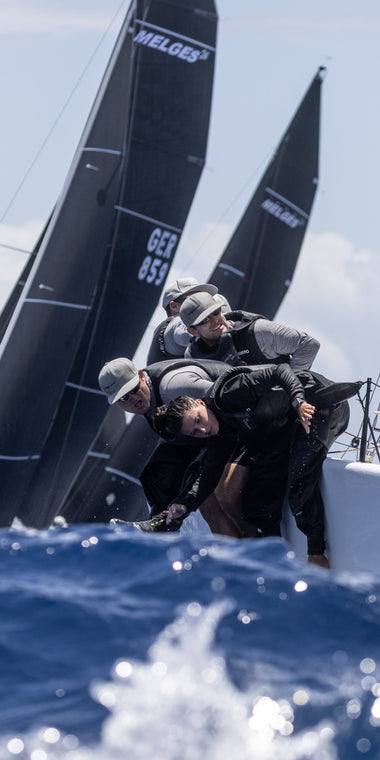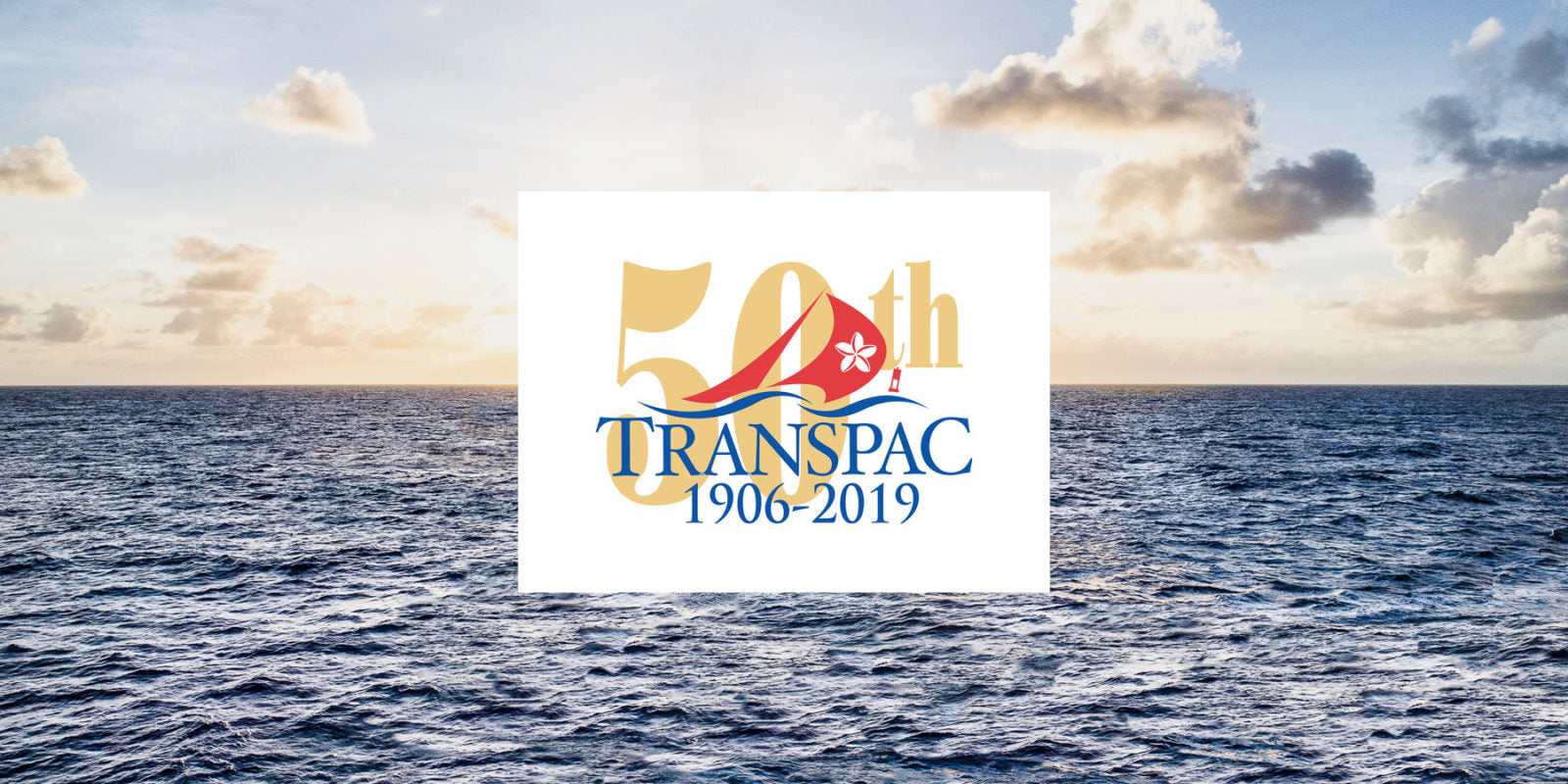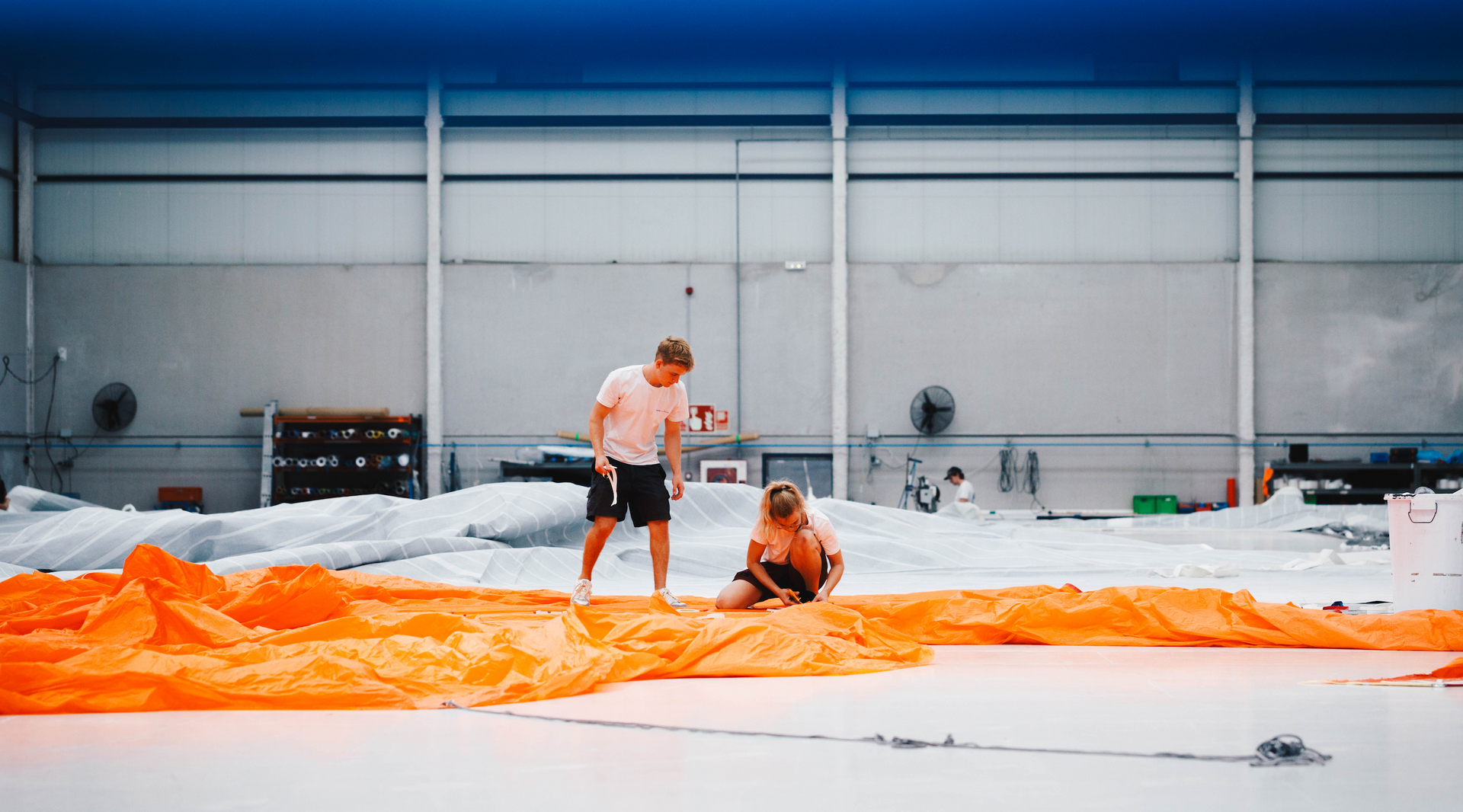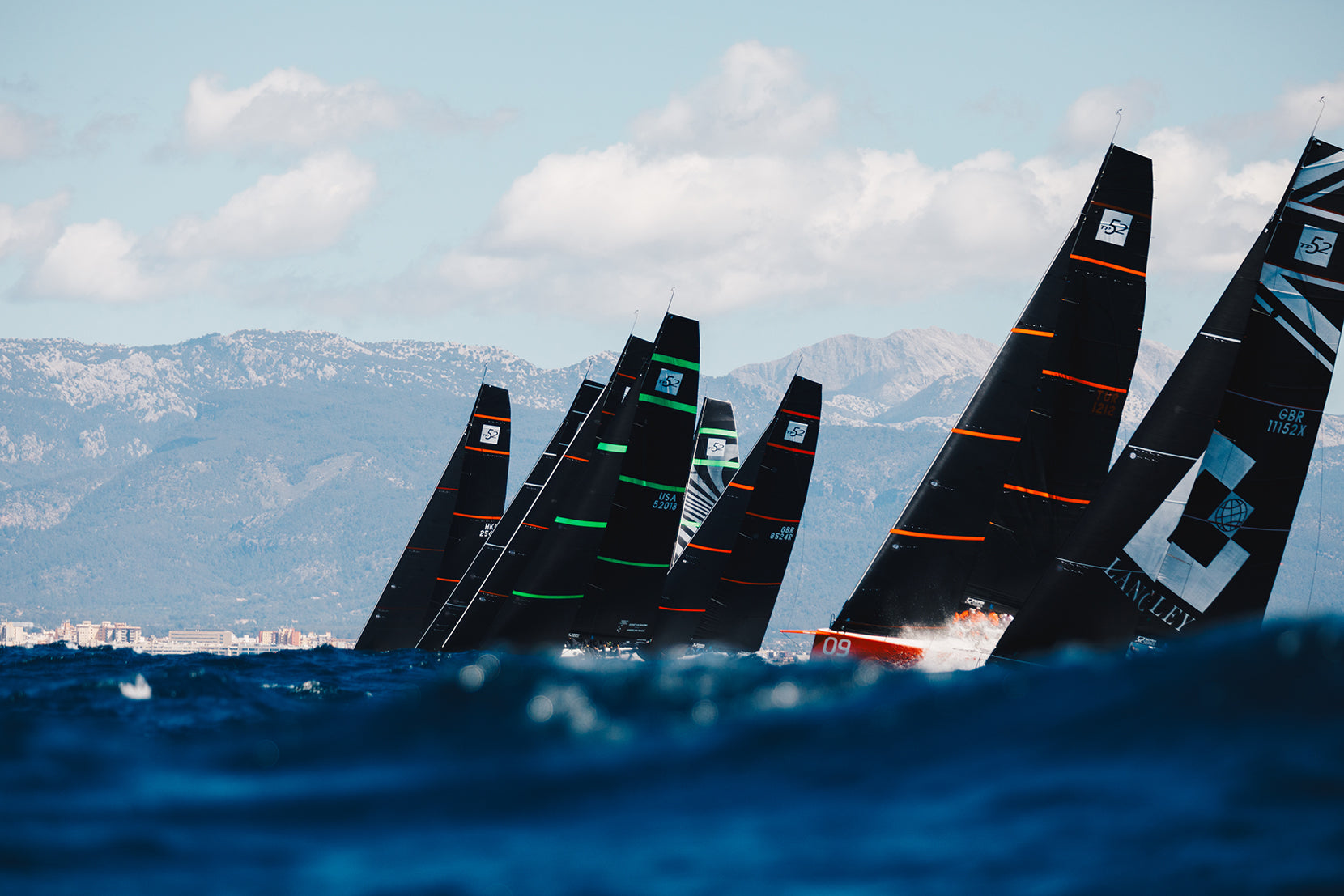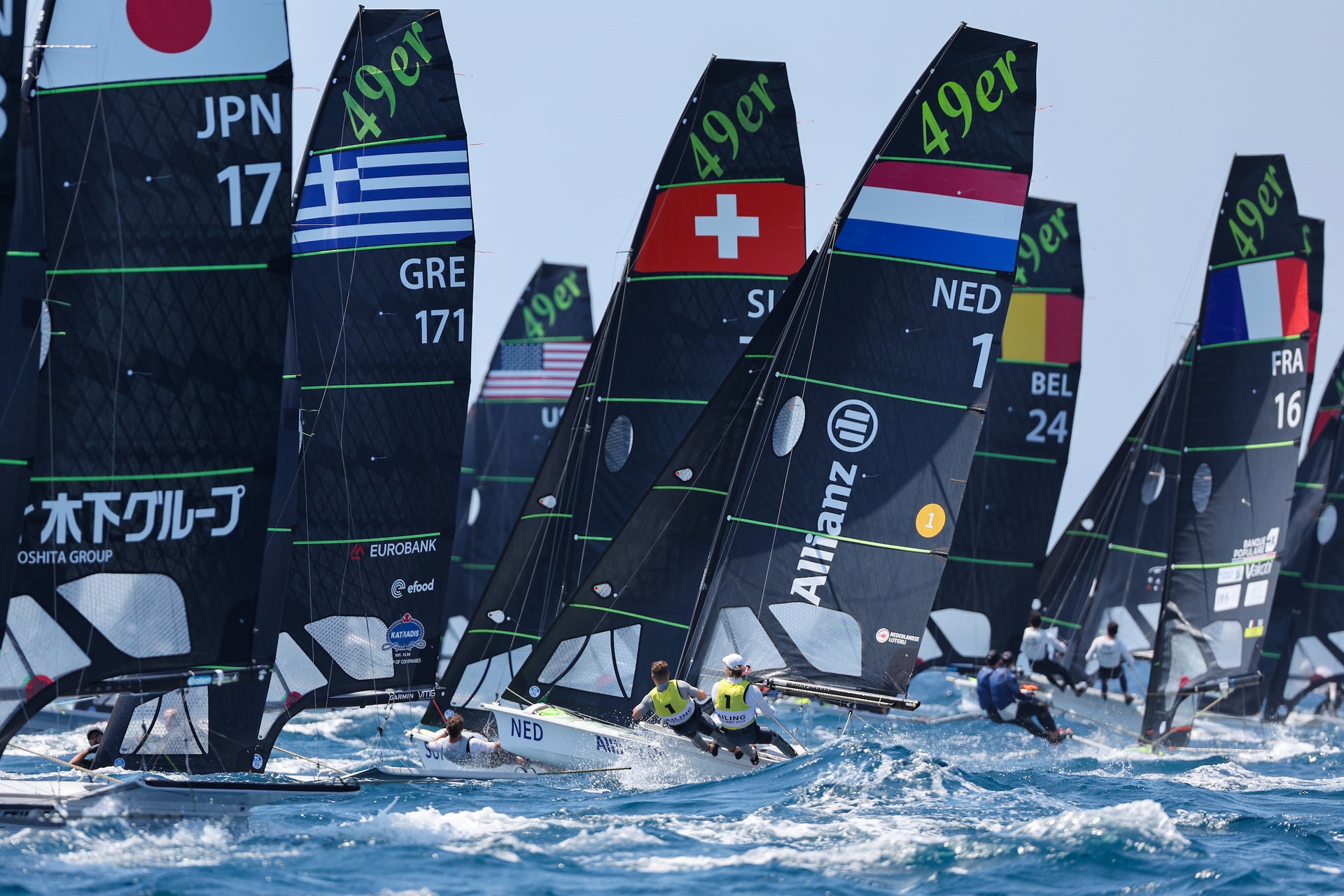50TH TRANSPAC: THREE NORTH SAILS VETERANS LOOK BACK
50TH TRANSPAC: THREE NORTH SAILS VETERANS LOOK BACK
Iconic Ocean Race From LA To Honolulu Is A Rich Part Of North History

The very first Transpac was run in 1906, had three entries, and took the winner twelve days to complete. In 2017, North Sails helped several boats set new course records, including the supermaxi Comanche, skippered by North Sails President Ken Read. For 2019’s 50th edition, almost a hundred boats are entered, and 3Di will be proving its offshore abilities in several divisions.
North Sails has been helping Transpac racers achieve their goals since the company’s early years. Past president Gary Weisman sailed his first race in 1967 and is now tied for the most races sailed with Roy Disney, Jr.; both men will sail the 2019 edition on Disney’s Pyewacket. Gary confirms the record, though he’s less sure of the exact number. “I’m actually vague about some of the years, because I started really young. But Roy and I reckon that after this year, we’ll be tied at 23, and I don’t think anybody else has done that many.”
Robbie Haines, another Pyewacket team member who first started working for North Sails in 1973, scored his first ride to Hawaii at age 25. “That’s a little late in life to have your first Transpac,” he says. “The lucky ones like Gary start in their teens.” Robbie did have a great excuse for such a delay, though; “I was involved in a lot of Olympic sailing,” which eventually rewarded him with a gold medal. 2019 will be “only” his 18th or 19th Transpac.
Fuzz Foster from North Sails Hawaii has completed three Transpacs. In 2003, he was part of the team that won overall. This year, he’ll be greeting sailors after they finish, and definitely joining the arrival party because it’s part of what makes this race so special—along with the last 100 miles of racing, “which makes you forget the first 2300.”

What’s Changed
Boats
Gary sailed his first three Transpacs on a Cal 40, back when they were the best ride going. “They had a spade rudder so they were steerable down waves, when most of the boats still had the rudder attached to the back end of the keel and they’d kind of rock and roll their way to Hawaii. Really scary,” he adds. “In the last third of the race you can have 20 to 25 knots. Then a squall hits, and you get another 10 knots of wind with a full-sized kite up. You didn’t want to round down with the pole way back, because you’d snap the pole off the mast, or you’d break the pole. Or if everything else was strong enough, you’d break the mast. I remember in ’77, the year Merlin won, seven boats lost their mast in one night. It was pretty wild.”
Communications and Navigation
Before GPS, navigation was by sextant and every boat was required to call in their position for the daily roll call. “There’d be an escort vessel that was handling the communications on Single Side Band radio,” Gary remembers, “and it was all broken and hard to understand. It would take an hour and a half with fifty or sixty boats. And there were a lot of games being played with that position reporting, too,” he continues, chuckling. “With celestial navigation, a smart navigator might say he had a bad sun sight to hide his position, if he thought he was in a spot in the ocean that was particularly good. And nobody could prove otherwise, unless they happen to run into you or visually spot you way out of position. Everybody did a little bit of that…fudging, you might call it.”
Sail Evolution
Sails have come a long way since bloopers and symmetrical spinnakers dominated the race. “The big difference is the material,” Robbie says. “Back then it was all Dacron.” As soon as laminates like 3DL, and later composite 3Di sails, were introduced, they dominated Transpac sail inventories. “All the sails are quite a bit lighter now than 30-40 years ago. And the sail shapes are more refined and better than they were back then.”
Gary points out the dramatic difference in downwind inventories. “In ’69, we put up a 1.5oz spinnaker at the start and took it down after finishing, and we won the race overall and set an all-time Cal 40 elapsed time record! Now, on a 70 footer, most of our spinnakers are half that weight. The boats go so much faster, they just don’t put the load on the sails that the old boats did. And the fast boats don’t even have spinnakers, they just have big genoas basically.”
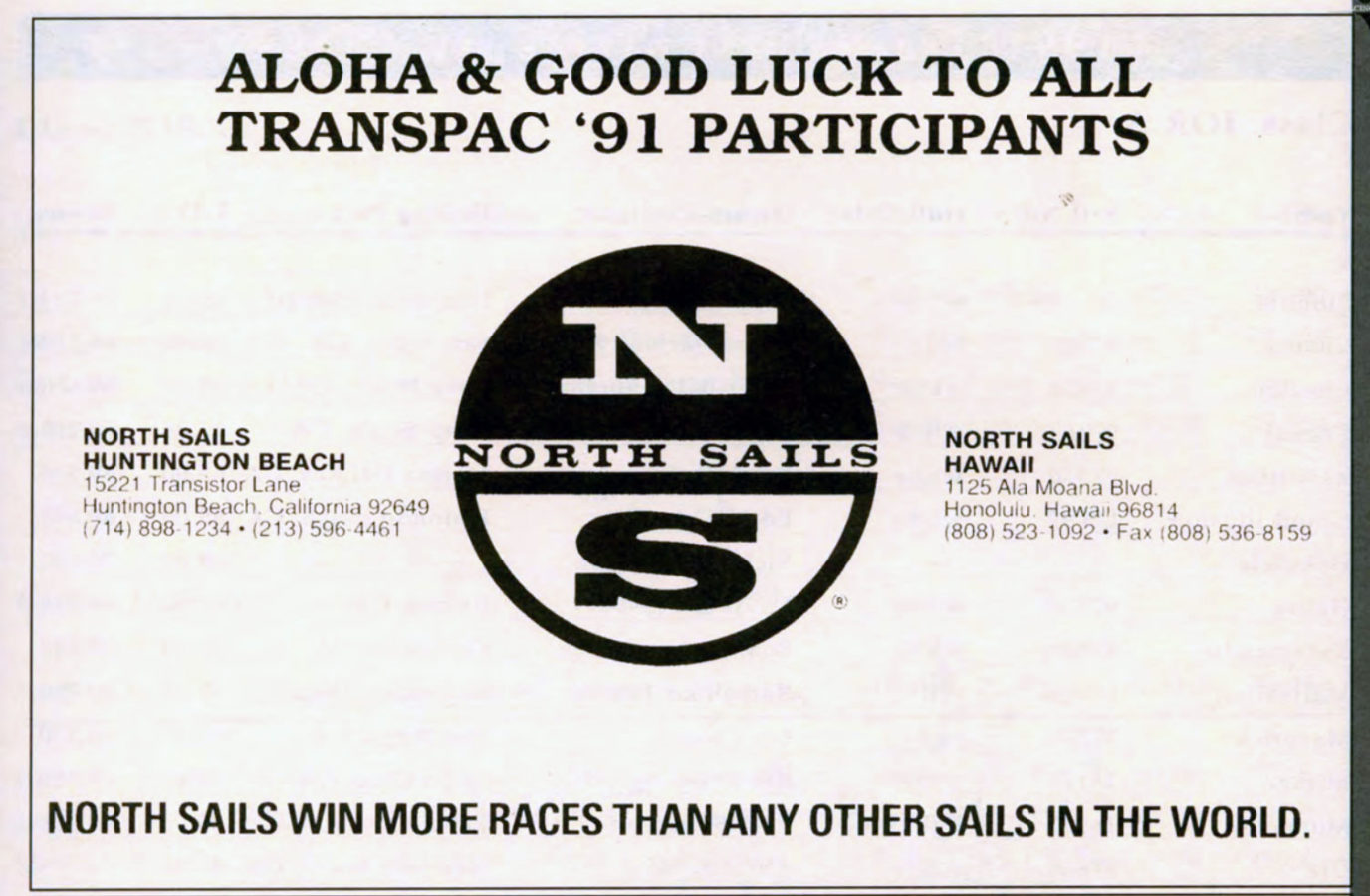
What hasn’t changed
Best Ocean Race
“It’s without doubt the best ocean race I’ve ever been on,” Robbie says. “You’re on the wind at the start, and you round Catalina, which is the only mark of the course, and ease sheets a little bit. Your next mark is 2300 miles away. And it just gets warmer, and the water changes color, and the wind keeps going aft until you’re running the edge of high pressure.”
Gary adds that it’s a strategic challenge to sail the course well. “The simplistic view is that you sail over to the right side of the race course, jibe when you’re eight or nine hundred miles away from Hawaii, and lay the island. But you rarely do that, for fear of much lighter wind too close to the high pressure.”
In 2003, Fuzz’s team on Bill Turpin’s Alta Vita took the overall trophy by diving south early on, a “navigational gamble that took four days to pay off.” It’s one of his best Transpac memories, though he adds that sailing with good friends is always fun. “And I got to sail with my oldest son on the 2009 and 2017 Race. Every parent should get a chance to sail with their kids; it’s priceless.”
Gary confirms that winning usually requires risk. “People get all nervous about getting anywhere near the layline, but if a guy bangs the corner hard, and he does it exactly right, it’s a huge advantage. I remember one year, we ended up south of the Big Island in ten knots more wind, which is just incredible. We had to sail north to get to the finish line! And honestly, if we’d gone further south, we would have won.” Instead Pyewacket finished second to the classic yacht Dorade, another North Sails customer.
The Finish
Regardless of results, all three men agree that there’s something quite special about Diamond Head. “Sailing the Molokai Channel in normal tradewinds is hard to beat,” Fuzz says. Robbie adds, “You finish in the most beautiful place in the world, at a red buoy that’s been there forever.”
Gary calls the finish “really romantic. These islands loom up out of the ocean, and when you get close, you can smell the plumeria. And hopefully you’ve got somebody waiting for you on the dock. I defy anybody not to get a little emotional finishing that race.”

North Sails Service
Once the boats arrive in Honolulu, the North Sails Hawaii team is there to help. “People need to get sails repaired to deliver the boat home, so they do that,” Gary says. “Plus they receive delivery sails, and they ship home racing sails. North is there, helping people in the race with all their sail needs.” Fuzz adds that “Hawaii is the best place on the planet to sail—just ask anybody that ever sailed in a Kenwood Cup or Clipper Cup. I’m very lucky to call it home.”
As one of the larger yachts in this 50th edition, Pyewacket will be part of the last fleet to start on Saturday, July 13. As for results, Robbie says they certainly have the experience and equipment to do well. “We’ve got a very mature crew on Pyewacket, with 100 races between us, and great sails. But it’s a very difficult race to win overall.” Which is something else that hasn’t changed since the very first Transpac back in 1906.



